Helsinki is a treasure trove of stunning architecture, and the Art Nouveau style is one of its most captivating features. As you explore the city, you’ll discover buildings that reflect the elegance and creativity of this unique design movement.
A walking tour of Helsinki’s Art Nouveau architecture allows you to immerse yourself in the rich history and beauty of the city.
On your journey, you’ll encounter iconic landmarks like the Pohjola Building and Helsinki Central Station, each telling a story of the city’s past and artistic vision.
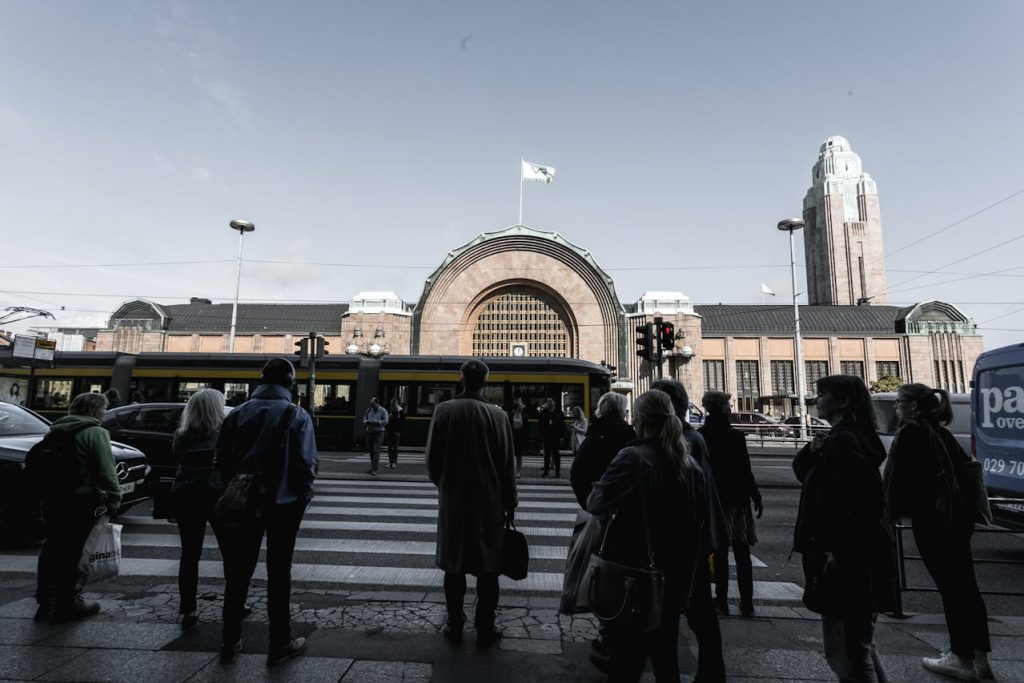
Walking through these streets, you can appreciate the intricate details and vibrant aesthetics that make this style so enchanting. This tour isn’t just about the buildings; it’s about experiencing the spirit of Helsinki through its architecture.
Whether you’re a seasoned traveler or a curious adventurer, this walking tour will deepen your appreciation for Helsinki’s cultural heritage. You’ll leave with memories and photos of breathtaking sights that highlight the best of Art Nouveau in this beautiful city.
The Roots of Art Nouveau in Helsinki
Helsinki’s Art Nouveau movement is deeply influenced by European trends and significant local figures. Exploring this architectural style reveals a beautiful mix of personal expression and collective culture.
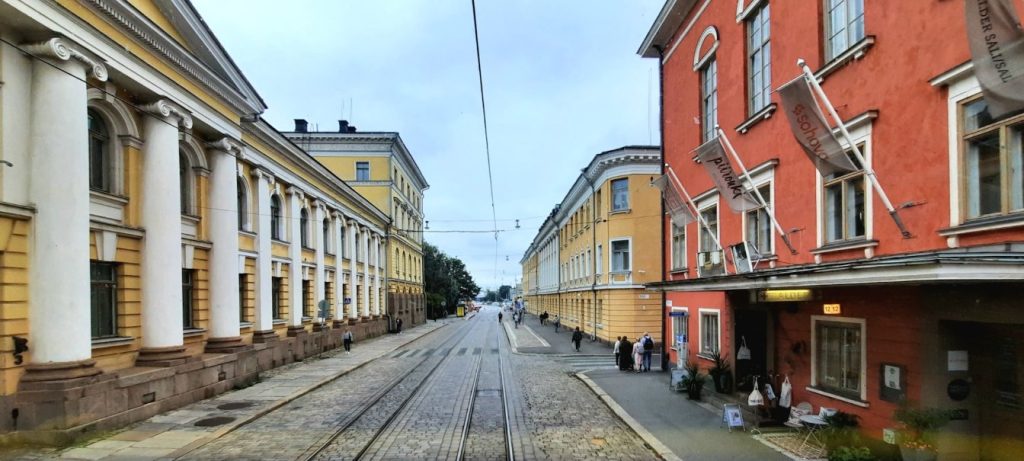
European Influence and Jugendstil
Art Nouveau blossomed in Europe during the late 19th century, showcasing natural forms and intricate designs. This movement, known as Jugendstil in Finland, played a crucial role in Helsinki’s architectural landscape.
Key characteristics include:

- Organic shapes: Curves and floral motifs are prevalent.
- Decorative elements: Use of stained glass and elaborate ironwork enhances buildings.
- Functional beauty: Designs focus on both aesthetics and utility.
Helsinki embraced these ideas, leading to the creation of around 600 Jugendstil buildings. This remarkable number even surpasses famous cities like Barcelona. The style reflects a desire to break from historical architectural norms and connect with nature.
Eliel Saarinen’s Legacy
Eliel Saarinen was a central figure in Helsinki’s Art Nouveau scene. His work significantly shaped the city’s architecture and identity. As an architect and designer, Saarinen pushed the boundaries of traditional design.

Some of his notable contributions include:
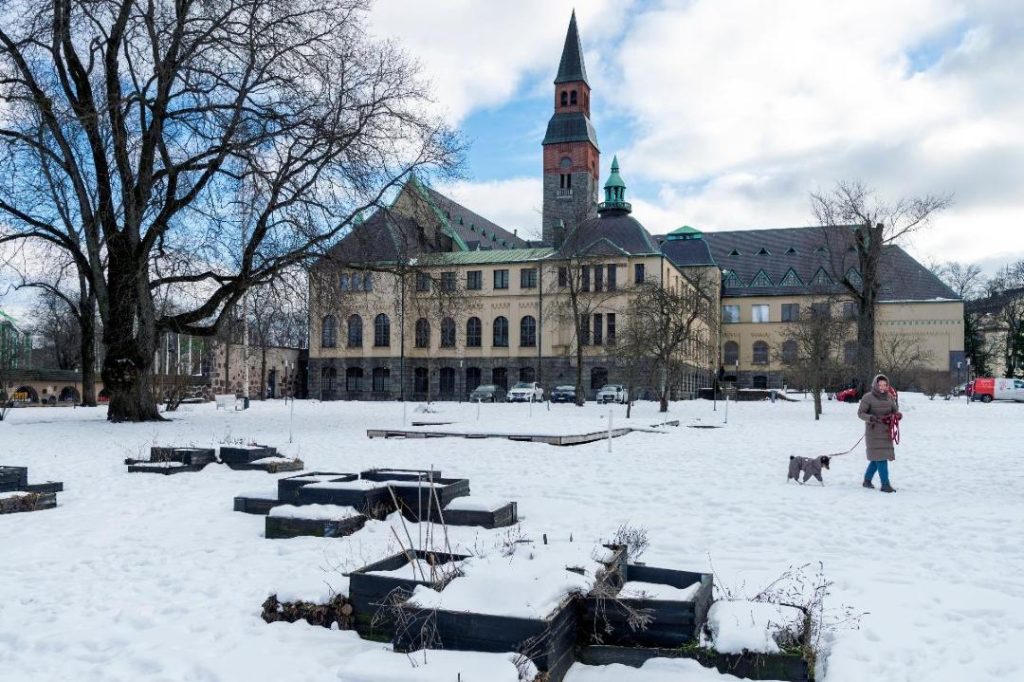
- The National Museum: This landmark features a blend of traditional and modern styles, showcasing rich decorations and organic forms.
- Train Station: Saarinen’s design is iconic, combining functionality with beauty, marked by its grand clock tower and intricate details.
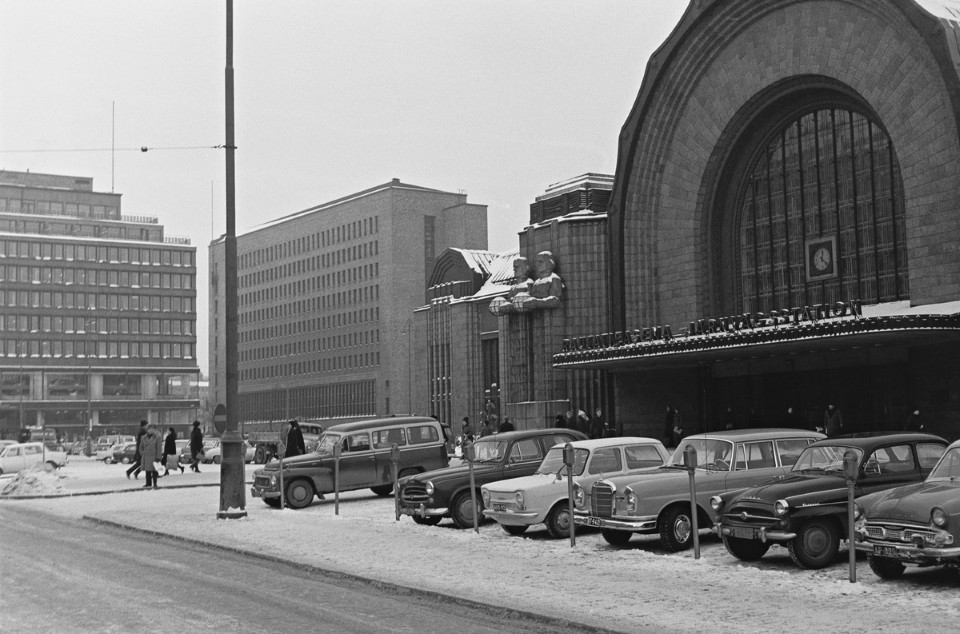
His vision helped establish Helsinki as a hub for Art Nouveau, influencing many architects who followed. Saarinen’s legacy lives on in the beautiful structures you can admire today throughout the city.
Iconic Helsinki Art Nouveau Landmarks
Helsinki is home to several stunning Art Nouveau landmarks that reflect its architectural heritage. Each site showcases unique design elements, making your exploration of the city both enjoyable and enlightening.

Helsinki Central Railway Station
The Helsinki Central Railway Station is a true icon of the city. Designed by architect Eliel Saarinen, this masterpiece features a striking mix of Neo-Gothic and National Romantic Style elements.
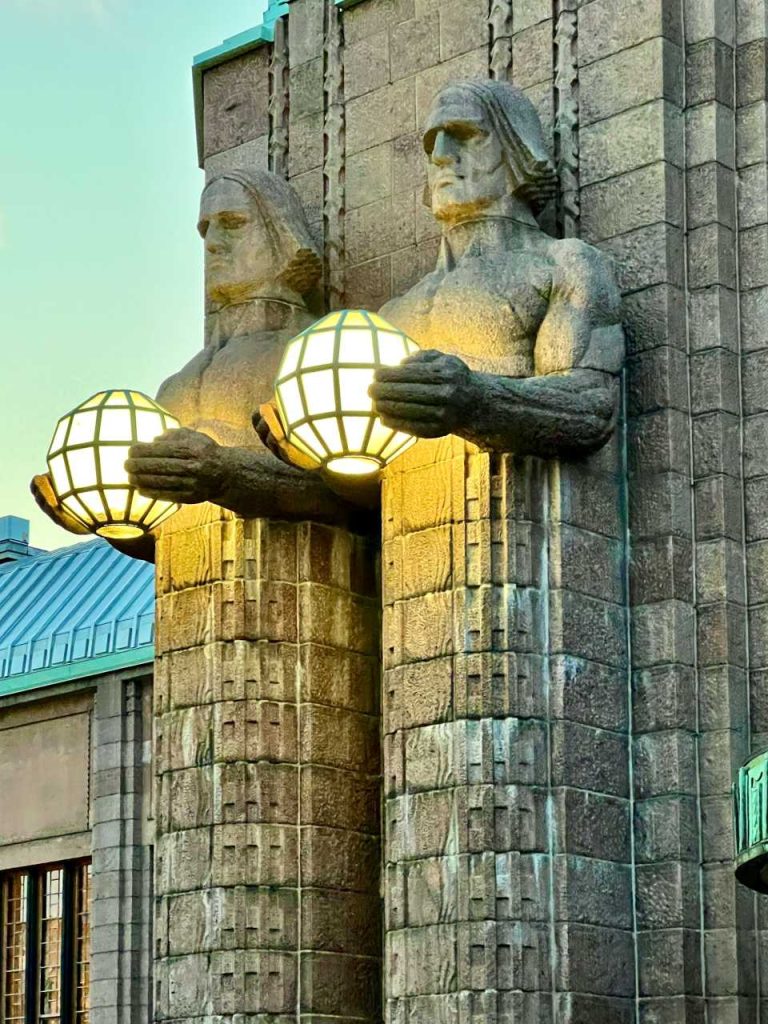
Its grand entrance is highlighted by tall clock towers and intricate granite facades. Inside, you’ll find spacious halls adorned with beautiful art and decorative details.
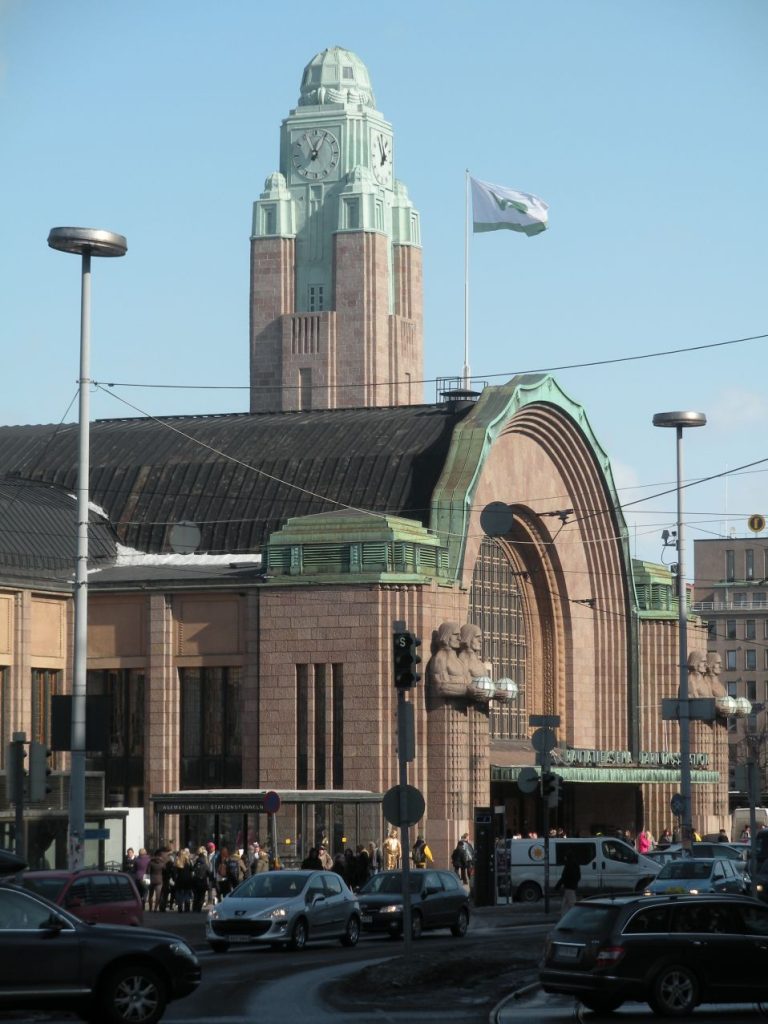
The station connects not just trains but also the heart of Helsinki with its vibrant atmosphere. Be sure to snap a photo of the impressive exterior for a memorable keepsake!
The National Theatre
The National Theatre is another landmark worth visiting. Opened in 1902, this beautiful building showcases the National Romantic Style of architecture.
Its eye-catching facade features decorative sculptures and ornate elements that reflect Finland’s cultural heritage. The theatre hosts plays, performances, and cultural events throughout the year.
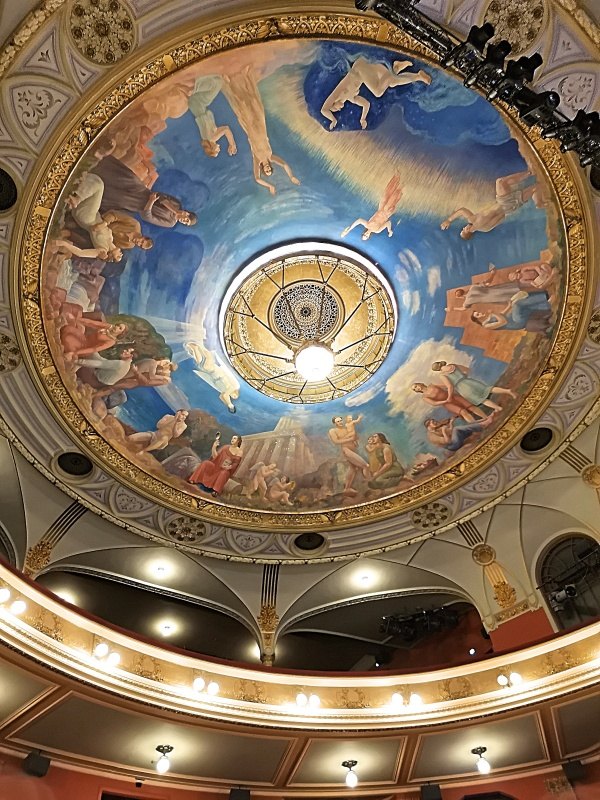
You can explore the stunning interiors, which include grand staircases and elegant auditoriums. This theater not only entertains but also stands as a symbol of Finnish pride.
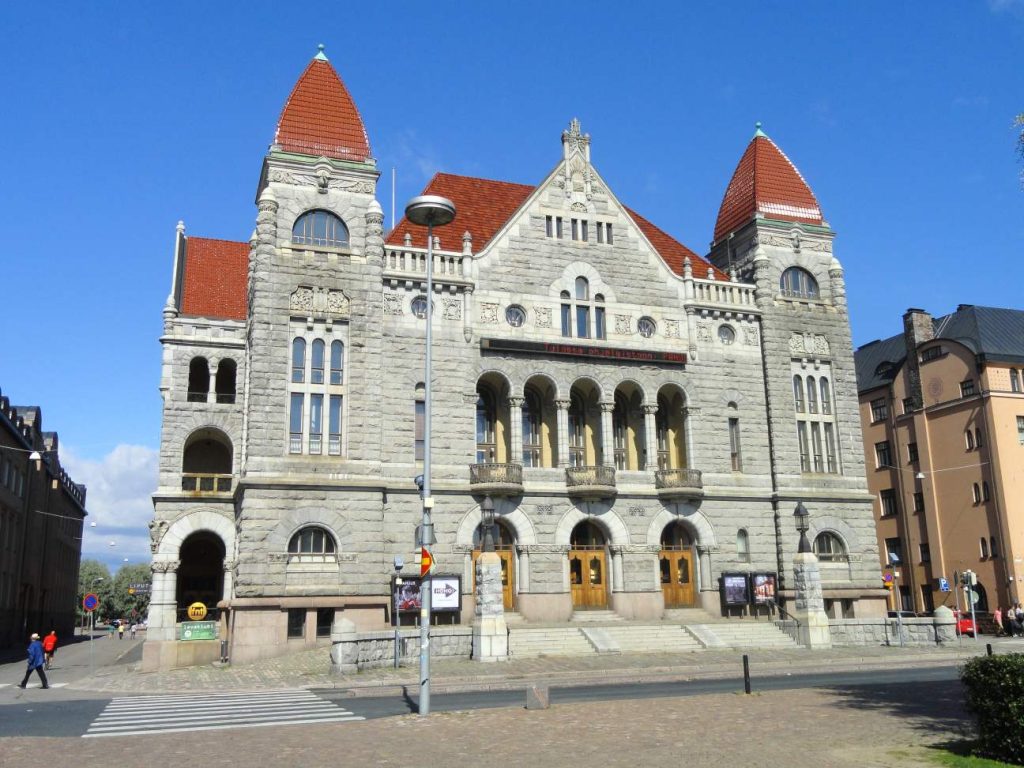
Katajanokka District: A Jugendstil Treasure
The Katajanokka District is a hidden gem for Art Nouveau lovers. This area is packed with Jugendstil buildings that exude charm and historical significance.
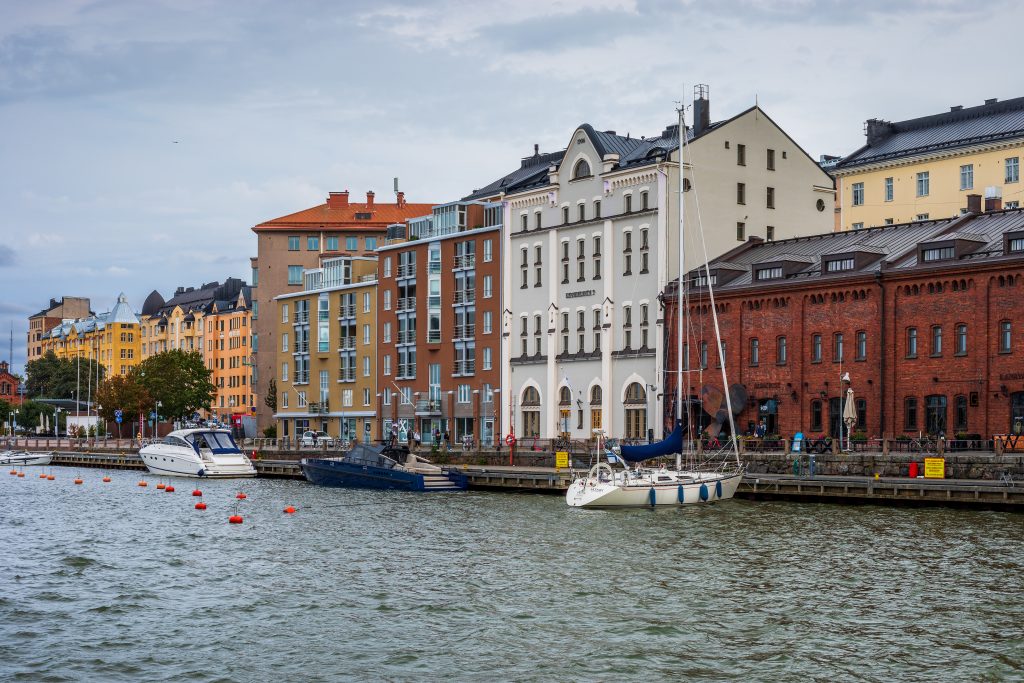
As you stroll through the streets, you’ll notice fascinating details in the architecture, such as colorful tiles and decorative ironwork. Many buildings feature nautical themes, celebrating the area’s maritime connection.

Make sure to visit the famous red-brick district ensemble that adds character to the area. Katajanokka’s unique blend of style makes it an enchanting stop on your architectural journey.
Architectural Styles and Their Evolution
Helsinki’s architectural landscape is rich and varied, showcasing a blend of styles that reflect its history and cultural influences. You’ll discover how these styles evolved, particularly through the National Romantic movement and the shift from Neo-Gothic to Modernist designs.
National Romantic Style
The National Romantic Style emerged in Finland during the late 19th and early 20th centuries. This style aimed to express Finnish identity through architecture. It often featured natural materials and decorative elements inspired by folk art.
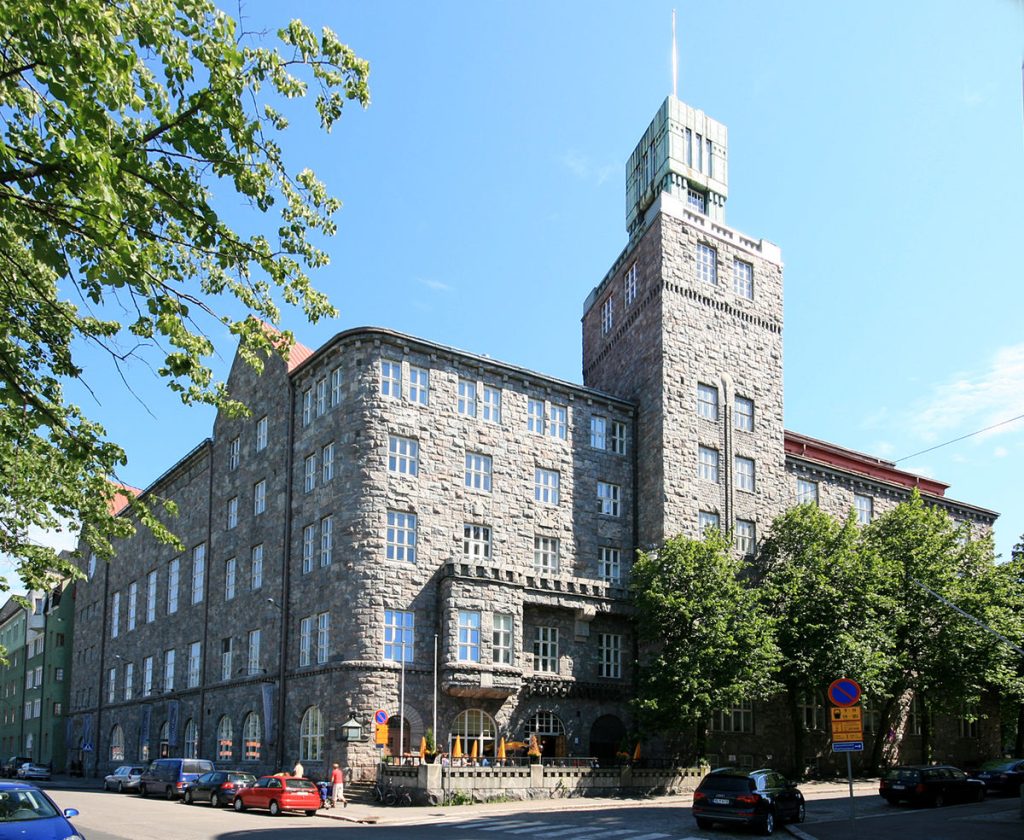
Key characteristics include:
- Organic shapes: Buildings often mimic natural forms.
- Decorative detailing: Look for ornate carvings and motifs inspired by Finnish folklore.
- Integration with nature: Many structures harmonize with their surroundings, emphasizing outdoor spaces.
Notable examples of this style in Helsinki include the Seurasaari Open-Air Museum and the Helsinki University Main Building.
From Neo-Gothic to Modernist Influences
The journey from Neo-Gothic architecture to Modernism in Helsinki represents a significant shift in design philosophy.
Neo-Gothic buildings, popular in the 19th century, emphasized vertical lines, pointed arches, and intricate details. A great example is the Helsinki Cathedral, which showcases these elements.
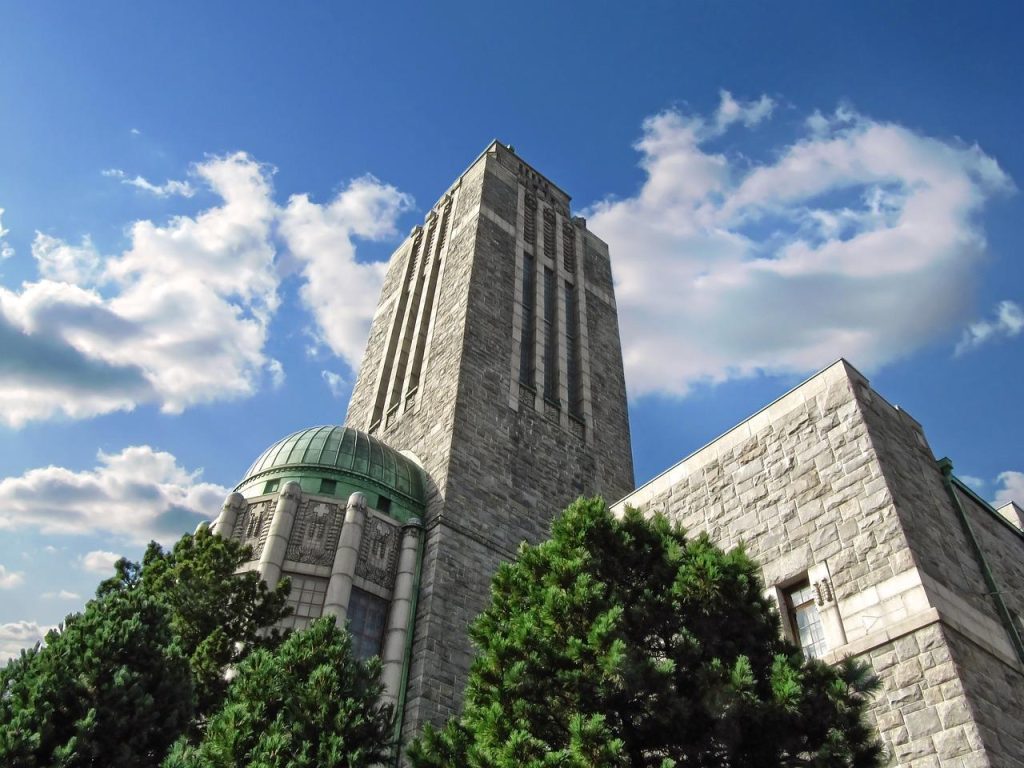
As tastes evolved, Modernist architecture began to gain popularity in the early 20th century. This approach focused on simplicity and function.
Important features include:
- Clean lines: Modernist buildings often feature minimal ornamentation.
- Innovative materials: You may notice the use of glass, steel, and concrete.
- Open spaces: The designs prioritize natural light and flowing layouts.
Together, these styles demonstrate the dynamic evolution of Helsinki’s architectural scene.

Navigating Helsinki’s Art Nouveau: A Tour Itinerary
You’re about to explore the stunning Art Nouveau architecture in Helsinki. This itinerary will help you discover key areas and landmarks, offering a glimpse into the city’s unique design and history. Each stop will highlight the beauty and detail of this architectural style.
Starting Point: Central Helsinki
Begin your tour in Central Helsinki, a vibrant hub full of life. Head to the famous Union Square where you can find the impressive Helsinki City Hall.
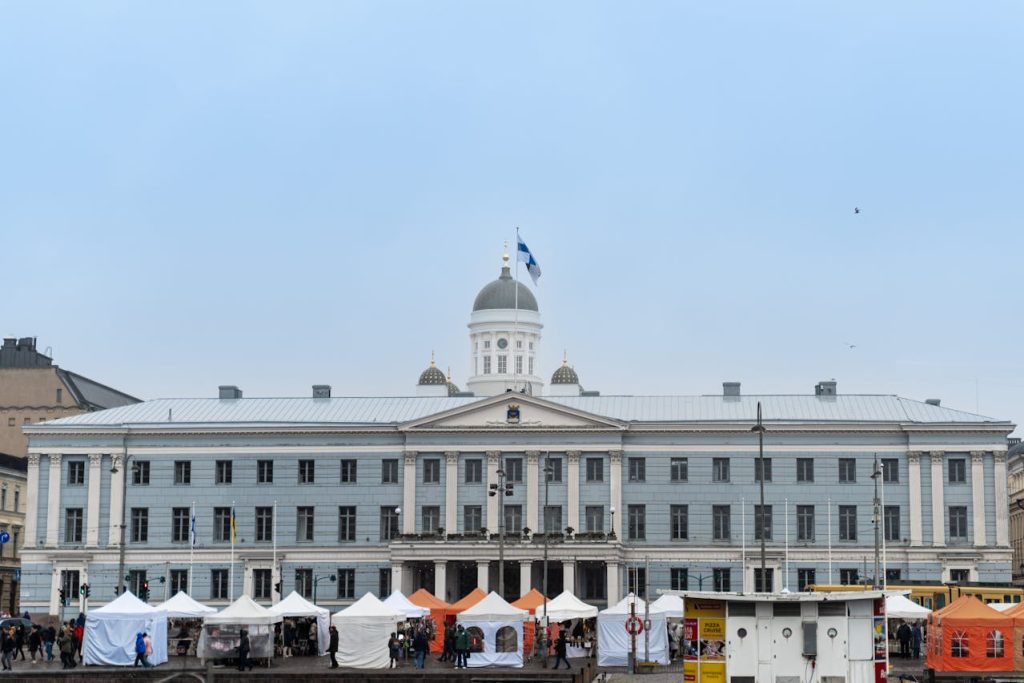
From there, take a stroll down Aleksanterinkatu, one of the main streets lined with shops and cafes. Don’t miss Kampin Chapel, a serene structure nestled in the urban landscape.
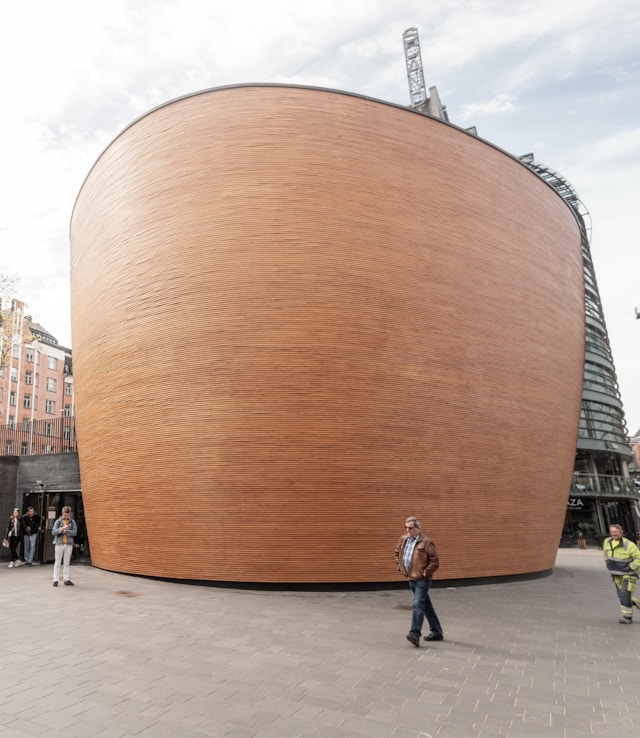
As you walk, look for Jugend-style buildings showcasing intricate details and elegant forms. Make sure to capture photos, as the architecture reflects Finland’s artistic spirit.
Exploring the EET District
After soaking in Central Helsinki, move towards the EET District. This area is known for its stunning Art Nouveau structures, which showcase the unique design of the early 20th century.
Visit Katajanokka, where you’ll find beautiful streets filled with Jugend architecture. Keep an eye out for the Orthodox Church, a striking feature of the skyline.
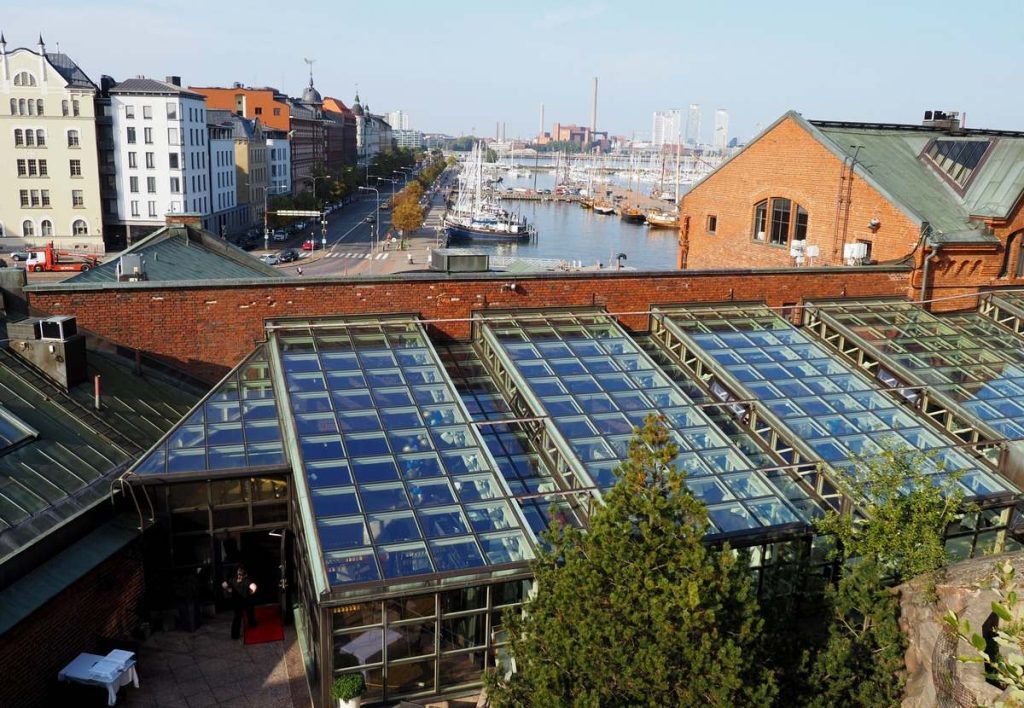
As you walk through the neighborhood, look for colorful facades and detailed decorations. You can also enjoy some nearby parks, which provide a nice break during your tour.
Final Destinations and Hidden Gems
Conclude your walking tour in the design district. Start at Museum of Finnish Architecture to learn more about the city’s design history.
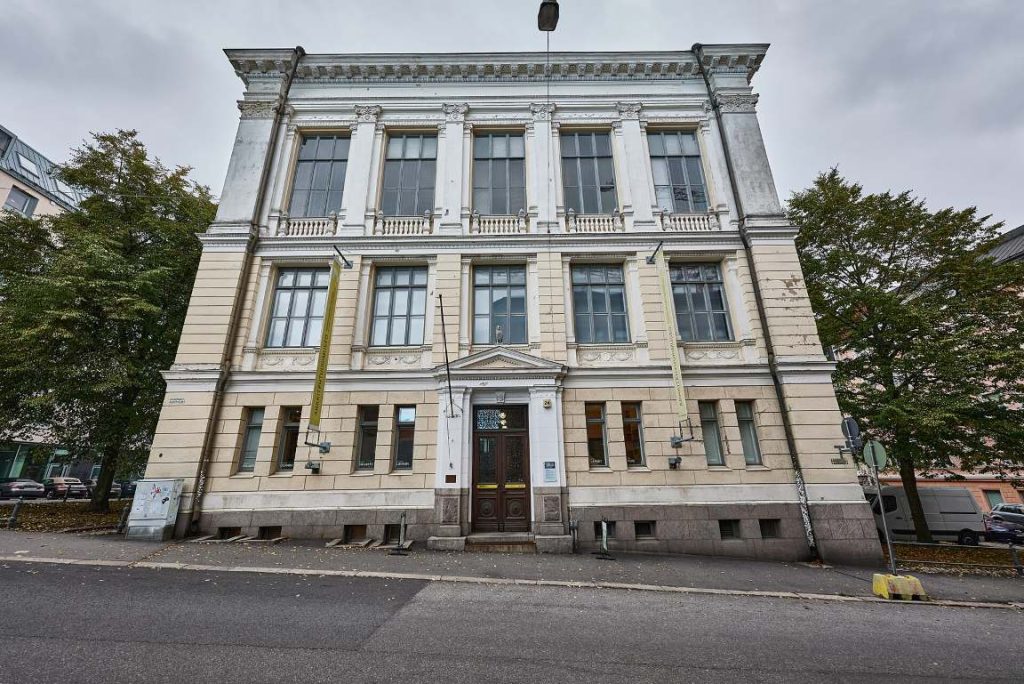
From there, wander the side streets to discover hidden gems like cozy cafes and small boutiques. One delightful spot is Nollan, where you can enjoy local pastries and coffee while surrounded by beautiful decor.
Don’t forget to explore Alppiharju on your way back, where more Art Nouveau surprises await. Look up as you walk; even the smallest buildings often hold architectural wonders.
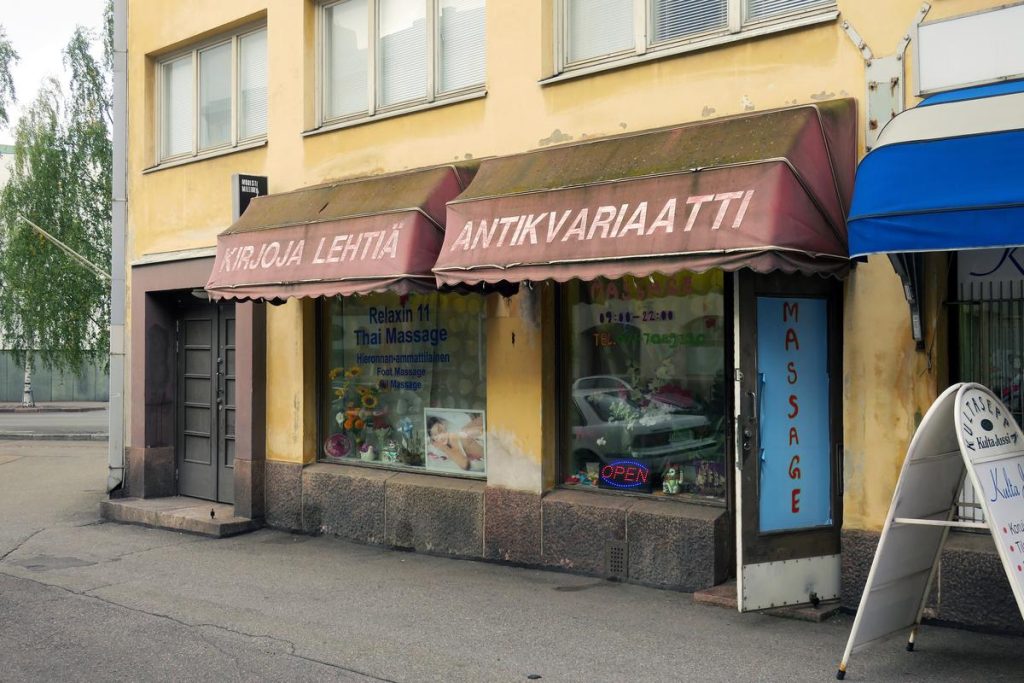
Practical Tips for the Art Nouveau Enthusiast
Exploring Helsinki’s Art Nouveau architecture can be a rewarding experience. Here are some tips to make the most of your adventure.
Timing Matters
Visit during spring or summer for the best weather. Days are longer, making it easier to explore on foot.
Guided Tours
Consider joining a guided tour like the Helsinki Art Nouveau Architecture Tour. Knowledgeable guides can provide fascinating insights.
Plan Your Route
Use maps to find key buildings. Look for landmarks such as the National Museum of Finland. This area has many stunning Art Nouveau structures.
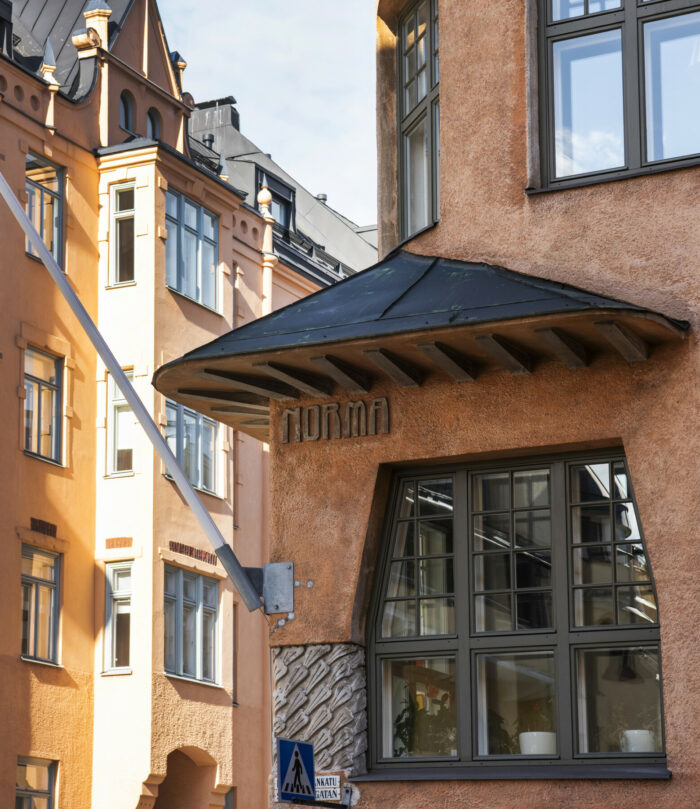
Comfortable Shoes
You’ll be walking quite a bit. Wear comfortable shoes, as some streets may be cobblestoned.
Photography
Don’t forget your camera! The unique details of Art Nouveau can be great for photos. So, capture the beauty!
Visit Parks
Take breaks in parks near the architectural sites. Relaxing spots include Esplanadi Park, perfect for enjoying the scenery.

Engage with Locals
Ask locals for their favorite sites. They often know hidden gems that aren’t in guidebooks.
Modern Legacy: Art Nouveau’s Impact on Contemporary Design
Art Nouveau plays a vital role in today’s architecture and design. You can see its influence in the way modern buildings often embrace natural forms and curves.
Many designers draw inspiration from the elegant lines and organic motifs of Art Nouveau. This movement emphasized beauty and craftsmanship, which remain important in contemporary designs.
Key Aspects of Art Nouveau in Modern Design:
- Curvilinear Forms: You often find flowing shapes in furniture and structures. These softer lines create an inviting atmosphere.
- Decorative Elements: Art Nouveau’s focus on ornamental details still resonates. You might notice intricate patterns and designs in everyday items.
- Integration with Nature: Modern architecture often seeks harmony with the environment. This idea echoes National Romanticism, where nature inspired many artists and architects.
The Modernist movement, which followed Art Nouveau, also shares some principles. Both styles value innovation and creativity. However, Modernism tends to simplify designs, moving away from ornate decorations.
In your explorations, keep an eye out for these connections. Understanding how Art Nouveau shaped contemporary design can deepen your appreciation for both.

